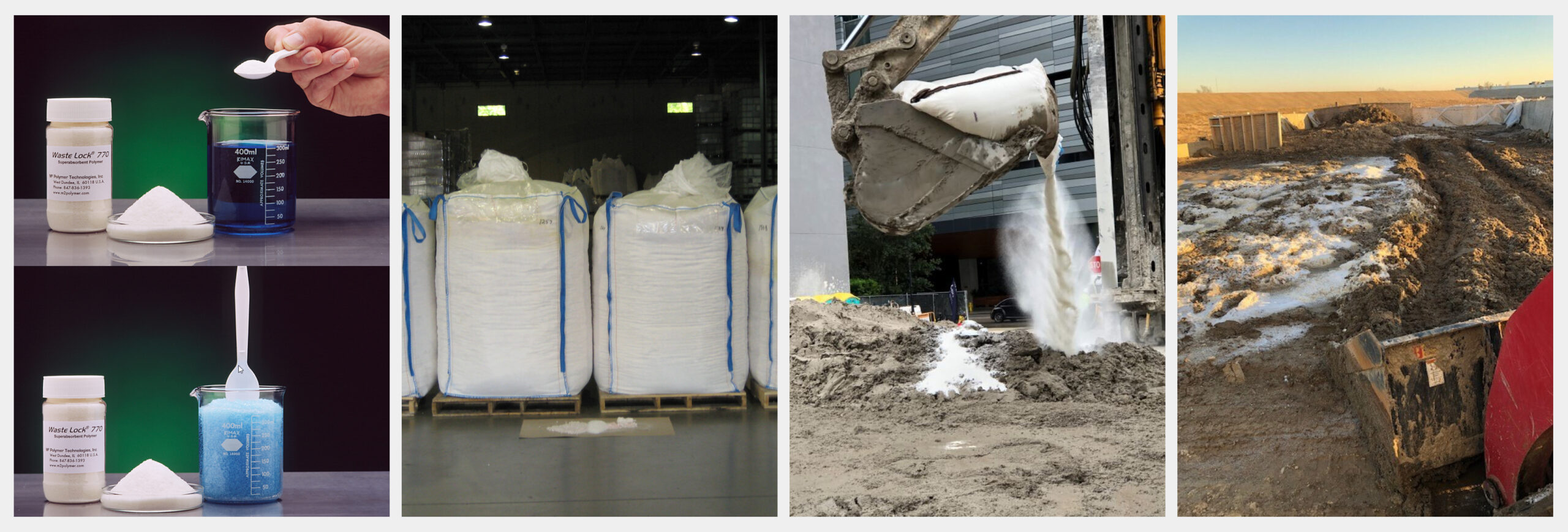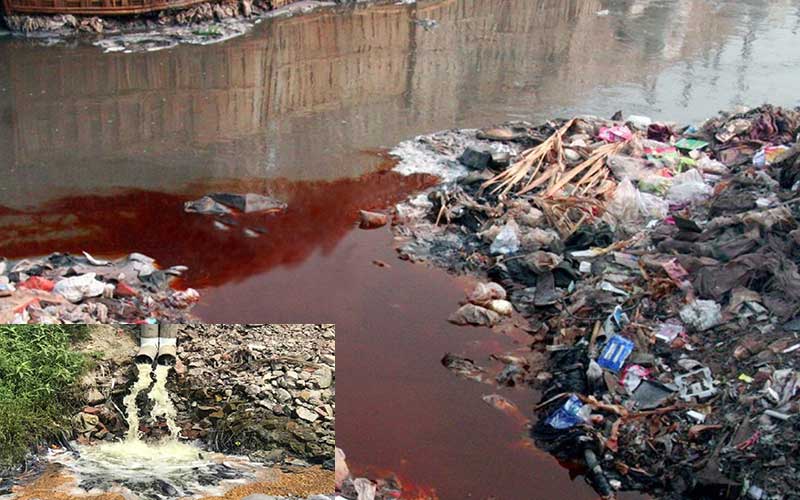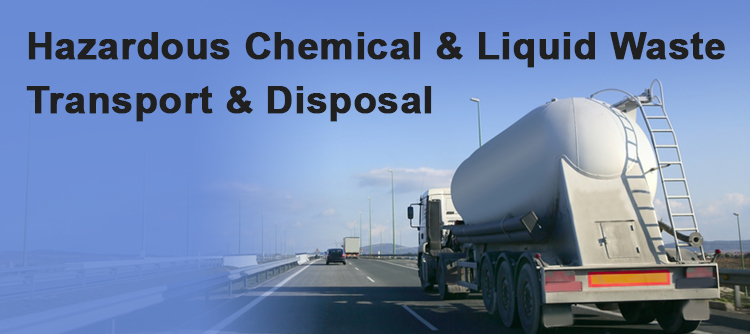Safe and Lasting Liquid Waste Disposal: Your Go-To Provider
Safe and Lasting Liquid Waste Disposal: Your Go-To Provider
Blog Article
Just How Fluid Garbage Disposal Functions: A Thorough Overview of Techniques and Technologies Employed

Summary of Fluid Waste Types
The complexity of liquid waste types necessitates an extensive understanding of their attributes and effects for disposal. Fluid waste can generally be classified right into a number of types, consisting of industrial, metropolitan, farming, and unsafe waste. Each classification displays unique buildings, needing particular administration approaches to reduce environmental and health and wellness dangers.
Industrial liquid waste stems from producing processes and commonly has a series of pollutants, such as heavy metals, solvents, and natural substances. Metropolitan fluid waste, largely consisting of wastewater from homes and business establishments, contains organic matter, nutrients, and pathogens (industrial wastewater treatment). Agricultural liquid waste, consisting of drainage from farms, might have plant foods, chemicals, and pet waste, presenting dangers to water top quality and environments
Unsafe liquid waste is defined by its toxicity, reactivity, or possible to trigger damage. Understanding these varied fluid waste kinds is vital for creating effective disposal approaches and ensuring conformity with environmental guidelines.
Physical Treatment Approaches

Testing is the initial action, where bigger particles and debris are gotten rid of from the liquid waste using displays or grates. This process safeguards downstream equipment from damage and makes sure smoother procedure. Adhering to testing, sedimentation utilizes gravitational pressure to separate solids from fluids. In sedimentation containers, larger fragments settle at the base, creating a sludge layer, while the cleared up fluid can be more dealt with.
Filtration is another necessary approach that includes passing the fluid with permeable materials, such as sand or membrane layers, to catch smaller sized bits. This step boosts the quality of the fluid, making it appropriate for succeeding treatment procedures.

Chemical Therapy Techniques
Chemical treatment techniques are vital for properly managing fluid waste, specifically in addressing dissolved and colloidal contaminants that physical methods might not properly eliminate. These techniques use numerous chemical representatives to neutralize, speed up, or transform harmful compounds right into less hazardous types.
One usual technique is coagulation and flocculation, where chemicals such as alum or ferric chloride are contributed to promote the aggregation of suspended bits. This process boosts sedimentation, permitting less complicated elimination of the resulting sludge. Furthermore, oxidation processes, utilizing agents like chlorine or ozone, are utilized to break down complex organic substances and pathogens, making the waste safer for discharge or further therapy.
Neutralization is one more crucial strategy, which readjusts the pH of acidic or alkaline waste streams to neutral levels, stopping possible injury to downstream systems and the setting. Additionally, advanced oxidation processes (AOPs) use combinations of oxidants and ultraviolet light to degrade relentless toxins, attaining a greater degree of therapy efficiency.
Biological Treatment Procedures
Organic treatment procedures play a crucial function in the monitoring of liquid waste by making use of microbes to disintegrate natural matter and decrease contaminant levels. These processes can be generally categorized right into aerobic and anaerobic therapies, each using certain microbial communities to attain reliable waste degradation.
Cardio treatment includes the usage of oxygen to help with the breakdown of organic products by microorganisms. This process is typically applied in turned on sludge systems, where aeration containers provide a favorable atmosphere for microbial development, causing the oxidation of organic toxins. The resultant biomass can be separated from treated effluent via sedimentation.
In comparison, anaerobic therapy occurs in the absence of oxygen, counting on various bacteria to damage down raw material. This approach is especially advantageous for high-strength waste, as it creates biogas, a sustainable energy source, while decreasing sludge production. Technologies such as anaerobic digesters are often employed in industrial and municipal applications.
Both anaerobic and aerobic organic treatments not just reduce the environmental effect of liquid waste but additionally help with source recuperation, making them important components of sustainable waste management methods. Their efficiency, flexibility, and efficiency support their extensive application across different fields.
Emerging Technologies in Disposal
Cutting-edge methods to fluid garbage disposal are rapidly progressing, driven by innovations in technology and an enhancing focus on sustainability. Among these emerging modern technologies, membrane layer bioreactors (MBRs) have gained grip for their ability to combine biological therapy with membrane filtering, causing premium effluent that can be reused in different applications. MBRs allow smaller sized impacts and more effective procedures contrasted to traditional systems.
An additional promising growth is making use of anaerobic digestion integrated with nutrient recuperation innovations, which not just deals with fluid waste however additionally produces biogas and recoups beneficial nutrients like nitrogen and phosphorus. This dual advantage enhances resource effectiveness and lowers ecological influence.
In addition, progressed oxidation processes (AOPs) are being embraced for the degradation of complicated natural contaminants. These techniques utilize powerful oxidants liquid waste disposal and stimulants to damage down contaminants at the molecular level, supplying a very efficient service for challenging waste streams.
Moreover, the assimilation of expert system and visit maker knowing in waste administration systems is optimizing functional efficiency and anticipating maintenance, resulting in reduced costs and improved environmental conformity. These modern technologies mirror a significant shift towards even more sustainable and reliable liquid waste disposal techniques.
Final Thought
In conclusion, effective fluid waste disposal necessitates a thorough understanding of different strategies and innovations. The integration of physical, chemical, and organic therapy approaches ensures the effective monitoring of varied waste kinds. Moreover, the development of cutting-edge innovations boosts treatment efficiency and promotes sustainability in waste administration practices. By continuously advancing these methods, it ends up being possible to deal with the growing difficulties linked with fluid waste, ultimately adding to environmental management and source recovery.
Fluid waste disposal is an essential aspect of environmental administration, calling for a comprehensive understanding of different methods and technologies tailored to different waste kinds. Fluid waste can generally be categorized into numerous kinds, consisting of industrial, municipal, agricultural, and dangerous waste. Agricultural liquid waste, page consisting of drainage from farms, might contain fertilizers, pesticides, and animal waste, positioning risks to water top quality and ecosystems.
Various physical therapy approaches play a critical duty in managing liquid waste properly - industrial wastewater treatment.In verdict, effective fluid waste disposal demands a comprehensive understanding of numerous strategies and modern technologies
Report this page